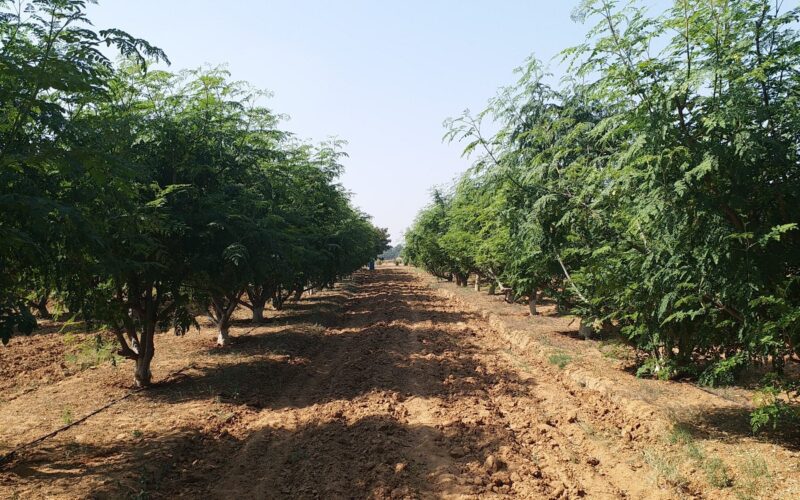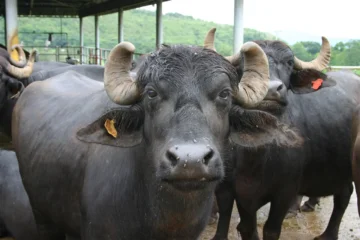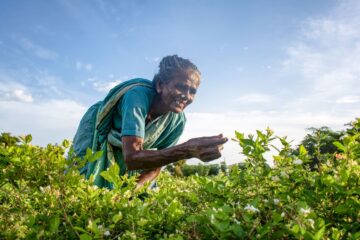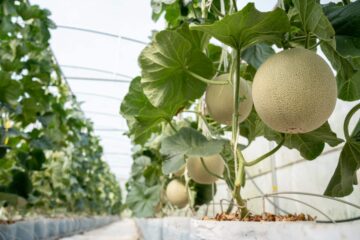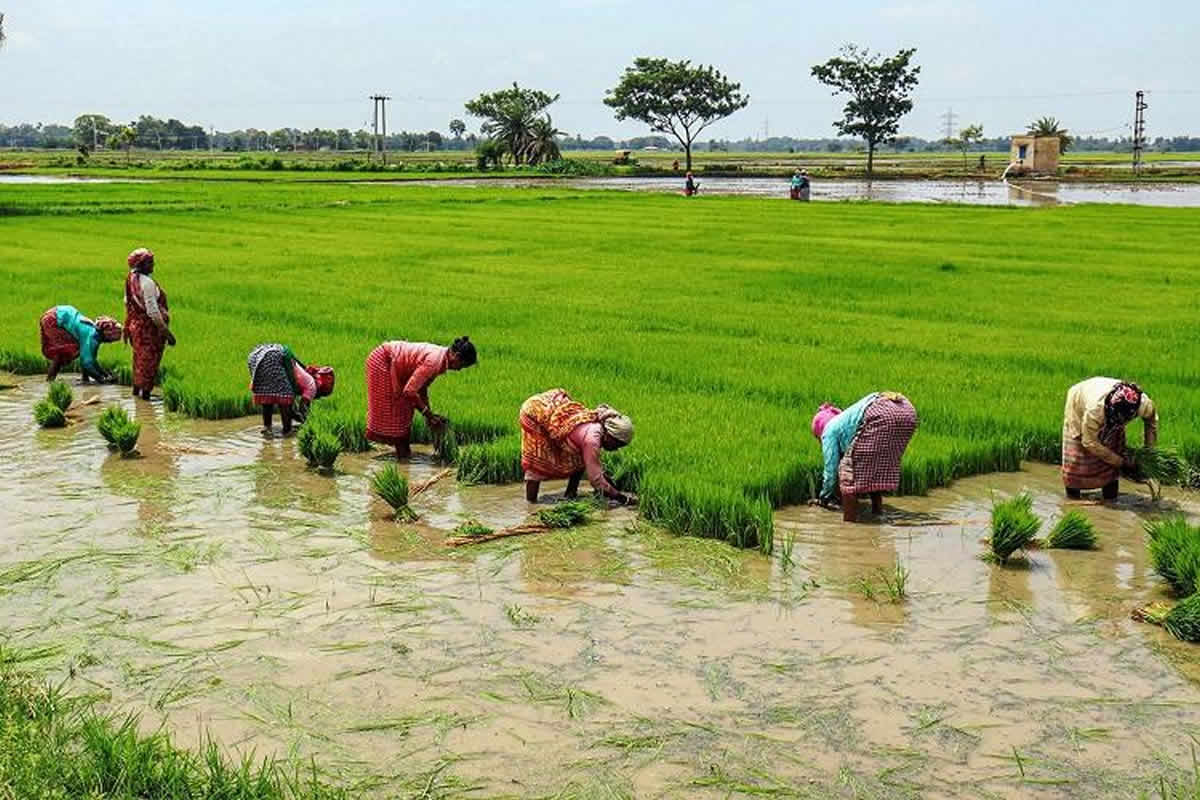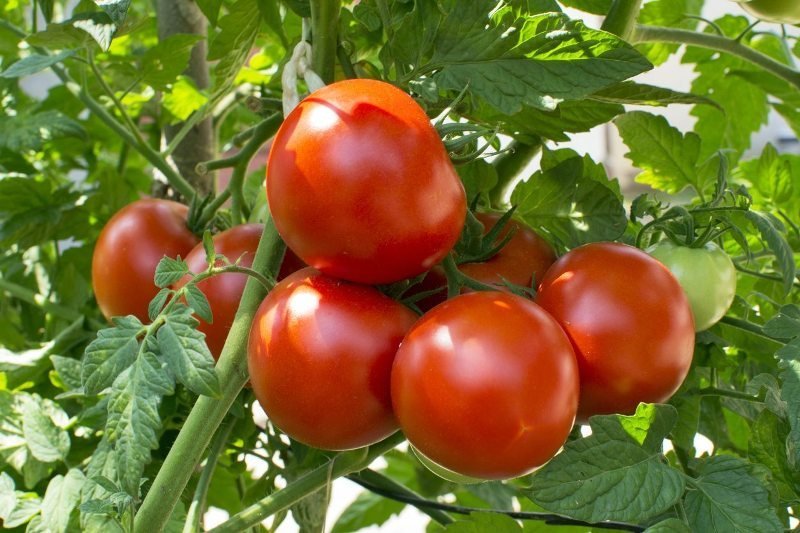Published in: May 2018
Moringa, a perennial vegetable crop, has been cultivated in Tamil Nadu for generations. Known for its drought resistance, it is widely grown in Tamil Nadu, Andhra Pradesh, Karnataka, Kerala, Maharashtra, and Odisha, as well as in regions of Africa, South America, and Southeast Asia. In Tamil Nadu, the PKM-1 variety is cultivated on approximately 5,000 hectares. Both perennial and annual moringa varieties are popular in the state.
Regions of Cultivation
In Tamil Nadu, moringa is cultivated in all districts, with prominent areas including Thoothukudi, Ramanathapuram, Tirunelveli, Erode, Tiruppur, Coimbatore, Trichy, Perambalur, Pudukkottai, Karur, Madurai, Dindigul, Theni, and Kanyakumari.
Varieties of Moringa
- Kudumianmalai-1
- Developed at the Anna Farm in Kudumianmalai, Pudukkottai District.
- A dwarf variety with pods 20–25 cm long.
- Begins bearing pods 6 months after planting.
- Yields 200–225 pods per tree, suitable for ratooning.
- Periyakulam-1 (PKM-1)
- Selected from a local variety in Eppothumvendran, Tirunelveli District.
- Grows up to 4 meters in a year.
- Pods are 60–70 cm long with a sharp tip and green color.
- Begins flowering 90 days after planting and is ready for harvest in 150–160 days.
- Produces an average of 50–55 tons per hectare with 200–250 pods per tree annually.
- Periyakulam-2 (PKM-2)
- A fast-growing variety.
- Begins flowering 100–110 days after planting and can be harvested in 170–180 days.
- Pods are about 125.2 cm long, weighing around 280 grams.
- Yields 98 tons per hectare annually with 220 pods per tree.
- Bhagya
- Developed by the University of Horticultural Sciences, Bagalkot, Karnataka.
- High in iron and Vitamin C.
- Begins flowering 130–140 days after planting and grows 2.5–3.0 meters tall.
- Produces 300–350 pods per tree annually, yielding 42–50 tons per hectare.
Perennial Moringa Varieties
- Yazhpanam (Jaffna) Moringa
- Widely cultivated in Ramanathapuram and Thoothukudi.
- Bears pods year-round, each 60–75 cm long.
- Produces up to 600 pods per tree annually.
- Red Moringa
- Produces red pods year-round.
- Each tree yields around 240 pods annually, with pods 60–70 cm long.
- Valayapatti Moringa
- Cultivated in Andipatti, Usilampatti, and Theni.
- Yields up to 1,200 pods per tree annually.
- Paal Moringa
- Common in Tirunelveli and Kanyakumari.
- Pods are meaty and suitable for children.
- Yields 350–450 pods per tree annually.
- Moolanur Moringa
- Grown extensively in Karur and Tiruppur.
- Produces around 2,000 pods per tree annually and can yield for 15–20 years.
Soil and Climate
- Thrives in all soil types, particularly sandy loam with good drainage.
- pH levels between 6.5 and 8.0 are ideal.
- Grows best at temperatures of 25–30°C. Temperatures above 40°C cause flower drop, reducing yield.
- Not suited for regions with extreme cold or frost.
- Best planting seasons are June–July and September–October.
Land Preparation
- Plow the land 3–4 times and level it.
- Dig pits of 45 cm depth at 2.5 m x 2.5 m spacing.
- Add 10–15 kg of farmyard manure and topsoil to each pit.
- Surround the pits with irrigation channels.
Seed Preparation and Planting
- Use 500 grams of seeds per hectare.
- Seeds can be planted directly or grown as nursery seedlings.
- Treat seeds with Azospirillum or Phosphobacteria for better growth.
Irrigation and Fertilization
- Water the pits before planting and 3 days afterward.
- Apply organic manure, vermicompost, and biofertilizers like Azospirillum and Phosphobacteria to enhance growth.
Pest and Disease Control
- Spray pesticides like neem oil or bio-control agents if needed.
Harvesting
- Moringa trees begin yielding pods 6 months after planting.
- Each tree can produce 250–400 pods annually.
Dr. C. Rajamanickam, Agricultural Science Centre, Ramanathapuram. Dr. V. Vaani, Horticultural College, Periyakulam.

